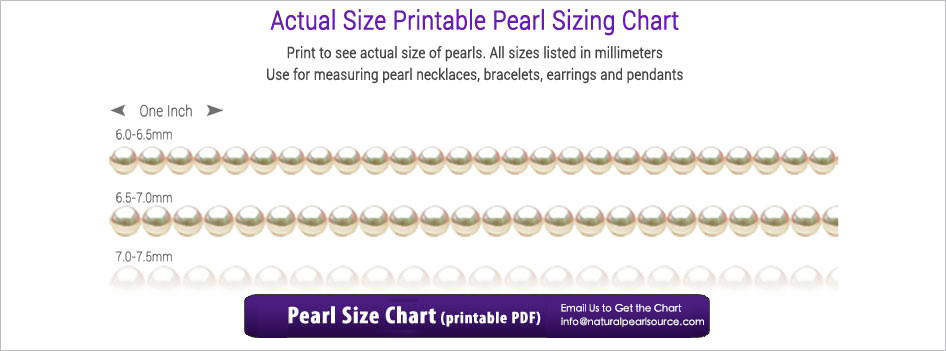As we have previously mentioned, there are quite a few subtypes of baroque pearls. While all of them are misshapen, there are some features shared by certain specimens. Here are some of the subtypes of baroque pearls so that you can get an idea of just how vast this category really is.
COIN PEARLS
Coin pearls are a subtype of baroque pearls. They are round in shape and flat and their surface is very smooth. They are able to reflect light particularly well because they have a much larger flat surface than other types. This provides them with a spectacular luster. They are extremely appreciated in the jewelry making business because they can be used for amazing pieces, such as baroque pearl necklaces or baroque pearl earrings.
BAROQUE PEARLS
While baroque is the common term used to describe pearls that are not round, it is also one of the subtypes. It includes pearls shaped like elongated spheres. They are asymmetrical and their surface is dented and uneven. These pearls were greatly used in Victorian and Art Nouveau pieces.
TWIN PEARLS
This term is used to define two pearls that have fused together. They may have similar shapes or one of them might be larger than the other. They are ideal for baroque pearl stud earrings because they appear to be extremely elegant.
POTATO PEARLS
These are the smallest types of baroque pearls. They are not elongated, like other baroque shaped ones; instead they are small and often square, rounder, or lumpy. They are ideal for baroque pearl bracelets and baroque pearl necklaces.
CROSS PEARLS
This is a very special type of baroque pearl. The specimens from this category come in the shape of a cross, which makes them ideal for jewelry pieces with religious notes. They are true wonders of the natural world.
STICK PEARLS
Also known as BIWA pearls, stick pearls are elongated, flat, and narrow. Their shape resembles sticks of various sizes. Stick pearl pieces are absolutely stunning. They can be easily used for statement pieces because of their particular shape.
RICE PEARLS
These are small baroque pearls that resemble the shape of rice grains. They are rather close to traditional pearls because they are rounded, but remain imperfect. They are commonly drilled centrally and used for baroque necklaces and baroque bracelets.
EGG PEARLS
As the name suggests, the shape of the pearls from this subtype greatly resembles that of an egg. They have a wide bottoms and narrow tops. They are usually drilled vertically to preserve and highlight their unique shape.
HEART PEARLS
Similar to coin pearls, these baroque pearls are flat and have the shape of a heart. They are extremely appreciated in the jewelry making business because they can be used to create romantic baroque pearl pendants.
TEARDROP PEARLS
This is one of the most appreciated subtype of baroque pearls. They have a wide top and very narrow bottom that makes them resemble teardrops. They are extremely delicate and they are commonly used for luxury earrings.
LEAF PEARLS
These are the thinnest baroque shaped pearls. They are paper thing with a very bumpy and uneven surface. They can be used for a wide range of jewelry pieces, including bracelets, necklaces, and earrings.
KESHI PEARLS
Keshi pearls are the rarest type of baroque pearls. The mollusk rejects part of the seed, but the pearl continues to develop from there. This is why they do not have a center particle. They are mainly composed of nacre and appear to be elongated and have an extraordinary luster. They are the most appreciated baroque pearls on the jewelry market.








 WhatsApp Code
WhatsApp Code